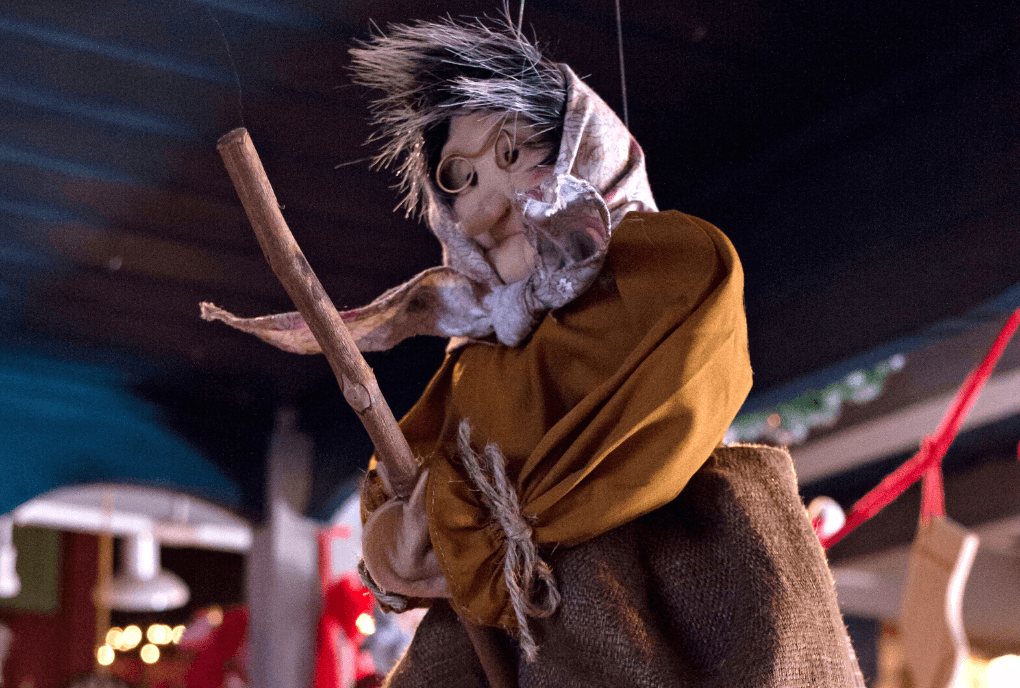
Befana in Sicily: customs and celebrations
While Befana is a pagan holiday, it is also a religious ritual. The word ”epiphany” means ”appearance” and indicates, according to Catholicism, the arrival of the Wise Men at Jesus’ hut twelve days after Christmas. According to popular culture, on the other hand, the story of the famous old woman can be traced back to tales of female figures flying over newly sown fields at night to propitiate the harvest.
In most homes, Befana is reconnected with the stockings given to children, which may be filled with sweets or coal depending on the behavior of the little ones throughout the year. In Sicily, in particular, it is a very heartfelt holiday and celebrated differently depending on the locality. This year, due to Covid-19, such events will not be able to take place, but let’s still see what would happen in various parts of the island.
The Sicilian Epiphany
In Contessa Entellina, Mezzojuso and Piana degli Albanesi, areas of the Palermo area of Albanian origin precisely, in addition to rituals in the Church, the baptism of Jesus is depicted. Specifically, a cross is immersed three times in the special pool and during the third immersion a dove is released, symbolizing the Holy Spirit.
Staying around Palermo, but moving to Gratteri, we come across another tradition. Here it is said that the Befana, called ”a Vecchia,” lives in a cave (the Grattara) located just opposite the town. And on the evening of January 31, riding a donkey dressed in white, she is seen reaching the village to distribute gifts and treats to adults and children.
Arriving in Messina, however, there is a total change in mode. In fact,“u‘pagghiaru,” a 9-meter-high construction symbolizing a tree, is set up in the main square of the “Bordonaro” neighborhood. A cross adorned with bread, fruit and other delicacies towers on the top, which consists of the prize that is won by whoever among the 14 participants on the evening of Epiphany succeeds first in reaching it by climbing it.
The festivities conclude with a masked performance aimed at depicting the conflict between man and nature, “U’ cavadduzzu e l’omu sabbaggiu.” Everyone’s wish is that next year we can return to these traditions.





